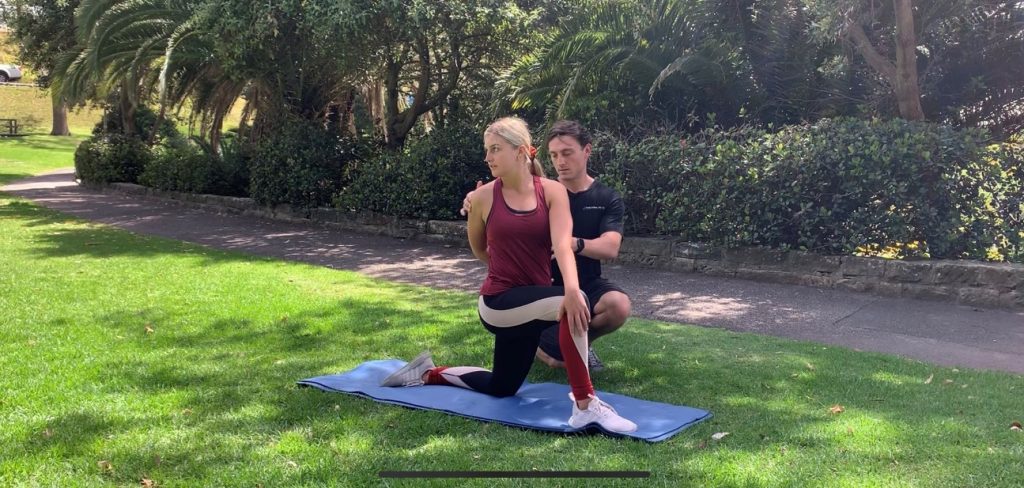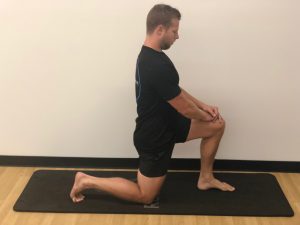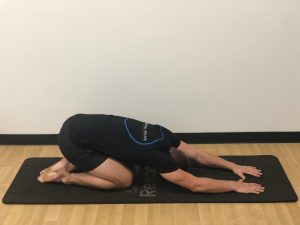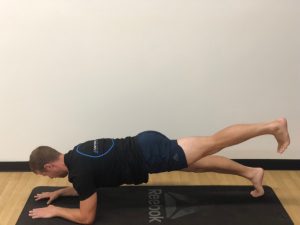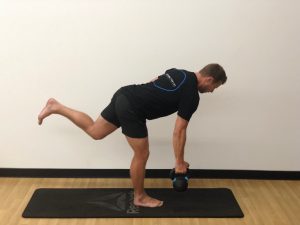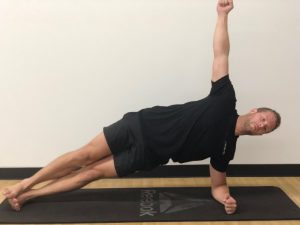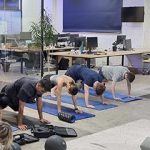How is the pelvis structured?
The pelvic girdle is responsible for constantly supporting your load as you move, whether you’re just sitting, walking or lifting and rotating. It is comprised of multiple irregularly shaped, bones, joints and processes, many of which can vary in their muscular insertion points. This irregularity is the reason we see so much disparity from person to person with regards to their natural range of movement (ROM).
Do you have an anterior pelvic tilt?
As a living, moving and hopefully resting human we have multiple other factors affecting our pelvic girdle and its positioning within the body. For example, sitting for prolonged amounts of time each day and persistently over the years (drivers, desk workers, long flights) will commonly cause lower back pain over time. Being in a constant state of flexion at the hip can cause the hip flexors to shorten and tighten, together with naturally tight iliopsoas and rectus femoris you can see how this might pull the top of the pelvis forwards and of kilter. Furthermore, through reciprocal inhibition the hamstrings will lengthen and weaken allowing this dysfunction to progress further.
So, what if you are misaligned?
Now don’t get me wrong, the anterior pelvic tilt can sound painful but in reality, your body will endure this kind of stress and dysfunction comfortably for some time. If you have been assessed and its clear there is weaknesses in the hamstrings and tightness in the hip flexors, it is possible you will experience some lower back pain in the future. If this is the case or you already have lower back pain through over curvature of the lumbar, you could benefit from a corrective protocol designed to improve ROM through the hips, realign the pelvis and reduce stiffness/pain in the lumbar spine.
5 Steps to release, activate and strengthen
Release hip flexors
The iliopsoas is the strongest group of muscles in the hip flexors, connecting the spine to the femur, and it’s what helps contract and pull the thigh towards the torso, allowing you to bring your knee towards your chest as you run.
Foam roll rectus femoris
iliopsoas Release (note: alternatively lie on a massage ball, or foam roller placed on your iliopsoas)
Kneeling hip flexor stretch
Release spine erectors
The erector spinae and Quadratus lumborum are responsible for stabilising the lower back when standing, the QL attached bilaterally on the lowest rib and iliac crest of the pelvis
Quadratus lumborum release
Childs pose
Activate Glutes
The glutes are responsible for a range of movements, glute max for hip extension and glute med for abduction and rotation, activating these muscles forces them into action assisting in the stability of the pelvic girdle.
Glute bridge
Plank & hip extension
Strengthen Hamstrings
Through reciprocal inhibition the hamstrings will be looser and weaker than is natural, the solution, strengthen via hip extension and knee flexion.
Hamstring curls
Single leg deadlift
Strengthen core bracing muscles
Abdominal muscles are responsible for flexion and extension of the spine, however, by strengthening the bracing potential of your core muscles together with these other interventions will stabilise the spine, thorax and pelvis.
Bird dogs
Side planks
Conclusion
In summary, an anterior pelvic tilt can be caused due to repetitively assuming the same poor postural positions. In this scenario it is caused by muscle imbalances, where muscles that work together are either too tight or overly stretched. If this is the case, performing corrective exercises such as those highlighted above can help to correct this issue. In addition to this it can lead to improvement in your day to day movement as well as reduce back pain.
Finally, it must be said there is rarely an easy answer to the cause of body dysfunction. If you are having issues with your body, it is important to seek help from a medical professional prior to starting a new exercise program. Thanks for reading and if you are after more advice on training check out our Functional For Life blog.
Author:
Damian Boddy
Head Personal Trainer- Functional For Life Sydney
Disclaimer: The training and instructional content contained on this website should be taken as information and not medical advice. Please consult your health professional before attempting these exercises.
